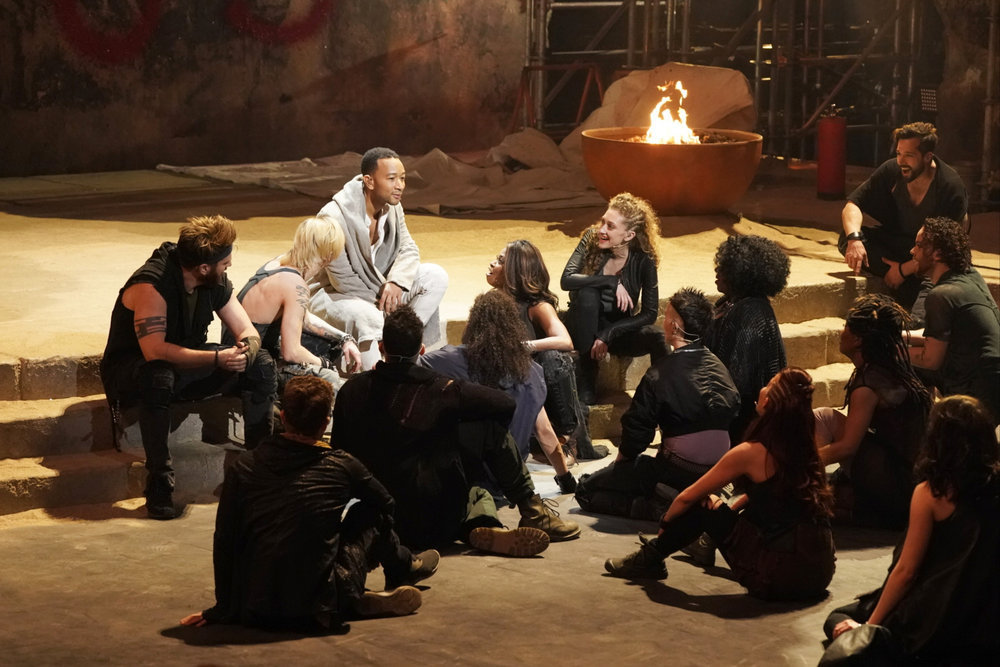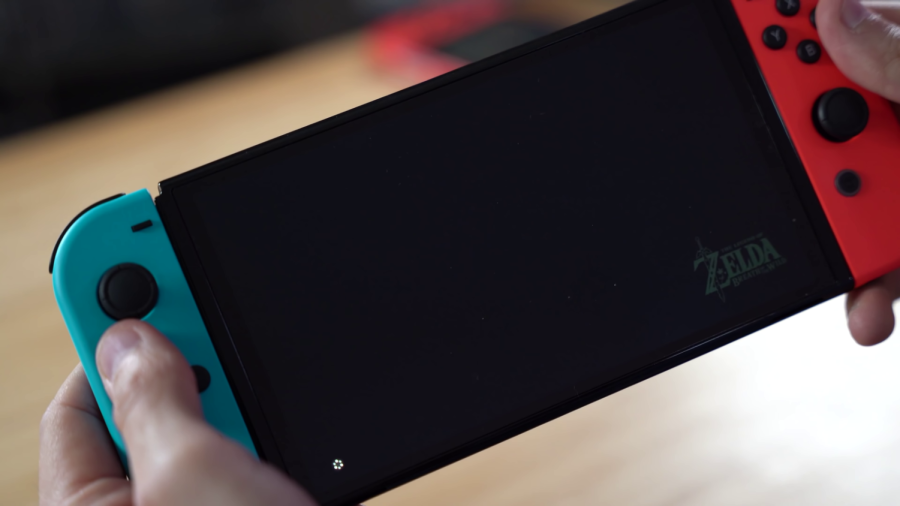So where exactly are the strong female protagonists in video games? They’re out there, but more often than not they’re pushed aside in favor of hypersexual women who pander to our most hyperbolically crass idea of how a woman is supposed to look. It’s a product of marketing, plain and simple – and it isn’t benefiting anyone except for the video game publishers.

There’s an image floating around online that effectively illustrates this column’s complaint. It is a series of screen-grabs from successive iterations of the “Soulcalibur” fighting game franchise depicting the evolving appearance of Sophitia, a female character from the series. Her character model from the first game is fully clothed, wearing armor and with very little visible skin. Over the course of the next three games, she was made thinner, her breasts were enlarged and her armor was reduced to skimpy rags, revealing a large portion of her body.
Soulcalibur isn’t the only series guilty of such a practice either. Nearly every woman in the recent reboot of Mortal Kombat is almost partially nude, and those who aren’t are still granted very large breasts. When one finishes the final level in a challenge tower they unlock a costume for a female character that is literally composed of two rags barely covering up certain parts of her body.
The reward for completing the hardest challenge isn’t secret characters or levels. No, it’s the ability to see even more digitally rendered skin on a woman.
Fighting games aren’t the only culprits of this skewed view of femininity. Role-playing games are infamous for the odd logic that the less armor a female wears, the more powerful she is. In fact, most genres of games with female characters are guilty of having games that make a female’s primary strength be her sexuality or her body.
Lara Croft in the original Tomb Raider, with her triangular breasts and awkward polygons, was one of the first glimpses of how female characters in video games would evolve, graphically speaking. As such, her ability to explore ancient ruins was largely disregarded by those who thought it more important to create a modification of the game to remove all of her clothes. The game was no longer about a powerful female and her adventures, but merely a spectacle of a female body, and many developers have taken notice.
As graphics advanced, character models have approached realistic proportions, to the extent that developers have to concentrate effort on breast bouncing physics. The reality is that some games are just made for the spectacle of a female body. And at this point, those games completely disregard the concept of a strong female protagonist for many games, as if a character’s visual model is more important than their personality or emotional development.
Realistically, games are marketed to a male audience. There is a much larger male demographic among video game players than female, and it’s a sad fact of life that sex sells. Watch a movie trailer, and it can be guaranteed that if at any point in the film a woman gets partially nude or kisses another person, that cut of the film will be in the trailer, no matter how short or insignificant the scene is. Advertising sexuality practically guarantees a profit.
And this is how the game market is played as well. Because games are primarily targeted at a male audience, the chance of seeing completely jacked, scantily clad men is pretty much limited to games targeted towards women, wrestling games and MMA games. Male characters are often tough and attractive in games, but rarely are they depicted in an extremely sexual state. And this doesn’t help when it comes to the stereotype of a typical gamer.
It’s often the case that a male gamer is seen in at least a few ways, as a young adult either depicted as a moderately attractive man with an awesome life, a socially awkward nerd or, more prominently, a middle-aged man who lives in his parents’ basement and plays World of Warcraft all day. The third depiction is a common one, which does horrors to the image of a video gamer. It doesn’t help that the games we play are loaded with girls who are depicted in overly sexual ways.
A very short-lived show on the G4 network, “Video Game Vixens,” was an awards show dedicated to the best looking female character models. If the line hadn’t already been crossed, this is where things get borderline terrifying. For one, it’s just CGI. Second, once again, the women are unequally objectified – there certainly wasn’t a show dedicated to the best looking male character models. Third, there aren’t that many men who actually think of a video game character in sexual terms; most prefer to play the character, not judge the character’s sex appeal.
It’s unlikely that male gamers will revolt if their characters are clothed somewhat better. Granted, it’s been many years since the G4 show, but honestly, how much have things changed? This isn’t saying that all games are guilty of sexist representations, because certainly there are many games with females who offer much substance to the game – but it negatively impacts the whole community when it does occur in even one game.
In addition to the look, the role of the female is often played to a certain beat. Females are often the damsels in distress, or their inclusion is only for romance with the main character. Until somewhat recently, give or take a few titles ahead of their time, females were limited to certain roles or skills in certain styles of games. They would always be cast as the sorceress or witch – or the white mage protecting the team, yielding nothing more than a wand. Some modern games with an emphasis on player freedom allow the customization of the main character to be any gender and allowed access to any skill, but there are still those that are very limiting as to what a female’s role can be.
There’s nothing wrong at all with a female character model being attractive, but when attractiveness is taken as the primary aspect, it becomes a problem. Finding that fine balance is key, and acknowledging that the blatant stereotyping isn’t doing any good for anyone will be the only way that newer games can finally transcend this trend.
Tim Jones is a Collegian columnist. He can be reached at [email protected] and followed on Twitter @TimJones90.

















